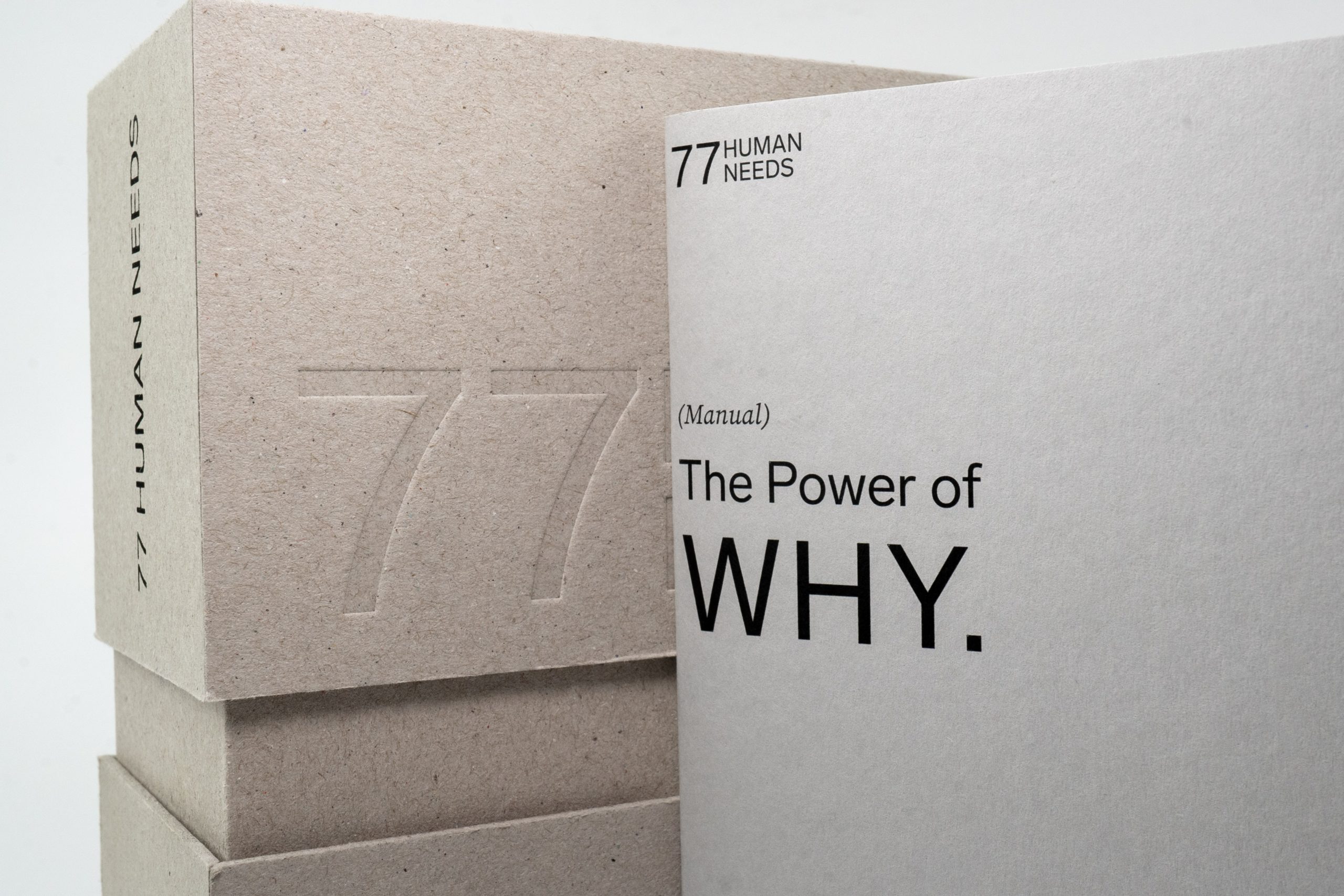
Podcasts are not only for listening

You may wonder why I include podcasts in a series about the importance of written communication with your clients and customers. People listen to them, right?
They do, but many non-auditory people who would like to enjoy and learn from podcasts—or any form of information transmitted in an audio format—end up feeling frustrated by their inability to absorb and review this information. This occurs because people learn in different ways.
Experts in learning theory have identified several forms of learning. The forms most relevant to the question of podcasts are listening and reading.
Without going into the technical and scientific aspects of how people learn, I’ll say that some people learn more thoroughly when they hear information.
People who are used to obtaining their information through reading may “lose the plot” more readily when they are listening. If they’re used to going back and re-reading what they’ve read, they may get even more lost. If they are really impressed by the material, they may want to print it out and highlight key passages.
The Time Factor
It always takes longer to listen to a podcast than to read a transcript. This isn’t a problem when someone is listening while driving to and from work, for example. It’s an efficient use of time.
However, many people have told me that, if they have a choice between listening to a podcast and reading it, they will always choose the latter. This gives them the additional benefit of skimming through portions that they find irrelevant to their needs and focusing more intensively on those areas that have extra relevance for them.
Always Provide a Transcript
You and the people within your company go to a lot of work to create a podcast. If you’re interviewing someone, you have at least one preliminary conversation to create a focus for the question and answer format. In a non-Q&A format, you must prepare a script or at least an outline.
This means that you want the maximum return on your investment. You don’t want people saying, “Oh, no transcript; I guess I won’t bother.” You also don’t want the further possibility that they will resent that you didn’t consider their specific learning needs. (People are like that; accept it.)
Two Additional Benefits of a Transcript
The first may initially humiliate you. When you read over the transcript, you are going to find out how many times you say “really,” “kind of,” “actually,” and other empty phrases. Trust me on this; I’ve edited many podcast transcripts. One transcript I saw had 80 instances of “you know” In 30 minutes.
The big benefit here is that you can recognize these habits and learn to eliminate these words from your operating vocabulary. Those who listen to your future speeches and oral presentations will be far more appreciative listeners.
The second benefit is that those transcripts can form the basis for a longer work in the form of a bonus pamphlet or a book. I created eight books to date from podcast transcripts. They require substantial editing, but I’ve found this to be an excellent way to repurpose material.
Get the most from your company podcasts by offering transcripts (which also builds your mailing list) and permits you to repurpose your work.
Pat hosts Writing to Get Business Podcast, carried by the C Suite Radio Network, the world’s largest business podcast platform. Connect with Pat on patiyer.com.
Pat built a service business assisting attorneys with cases involving medical issues. After growing that business to a multi-million dollar one, after 25 years, she sold it in 2015 and now devotes her time to mentoring, writing and editing. Get tips for polishing your writing style and gaining business through the material you write: Listen to Writing to Get Business Podcast on the C Suite Radio platform.
Reach her through Patiyer.com|Do you have an amazing business success you want to share? Pat Iyer has worked with experts helping them share their knowledge since she first began writing and editing books in 1985. Pat Iyer has written or edited over 800 chapters, books, case studies, articles or online courses. She delights in assisting people to share their expertise by writing a book. Pat serves as a developmental editor and ghostwriter.
Pat built a service business assisting attorneys with cases involving medical issues. After growing that business to a multi-million dollar one, after 25 years, she sold it in 2015 and now devotes her time to mentoring, writing and editing. Get tips for polishing your writing style and gaining business through the material you write: Listen to Writing to Get Business Podcast on the C Suite Radio platform.
Reach her through Patiyer.com|Do you have an amazing business success you want to share? Pat Iyer has worked with experts helping them share their knowledge since she first began writing and editing books in 1985. Pat Iyer has written or edited over 800 chapters, books, case studies, articles or online courses. She delights in assisting people to share their expertise by writing a book. Pat serves as a developmental editor and ghostwriter.
Pat built a service business assisting attorneys with cases involving medical issues. After growing that business to a multi-million dollar one, after 25 years, she sold it in 2015 and now devotes her time to mentoring, writing and editing. Get tips for polishing your writing style and gaining business through the material you write: Listen to Writing to Get Business Podcast on the C Suite Radio platform.
Reach her through Patiyer.com
- Getting to Know Your Ideal Reader - July 19, 2021
- Why You Should Write a Book Proposal—Even If You Plan to Self-Publish - July 19, 2021
- Know When To Stop - April 19, 2021






